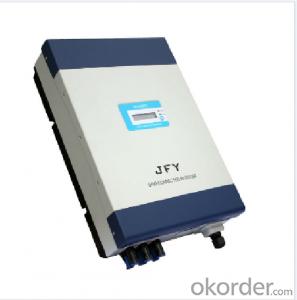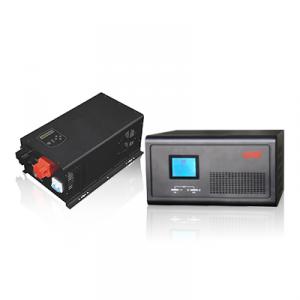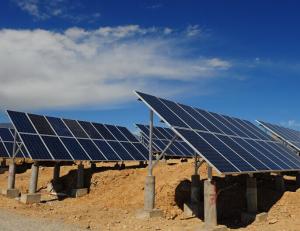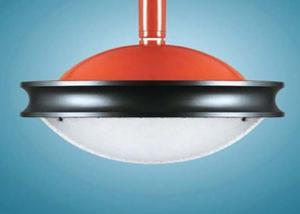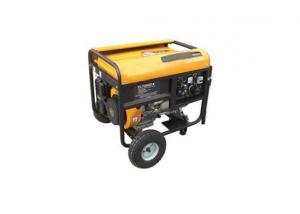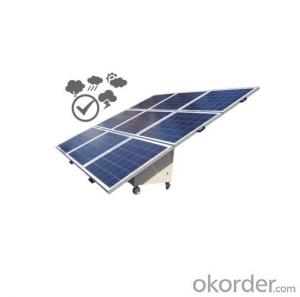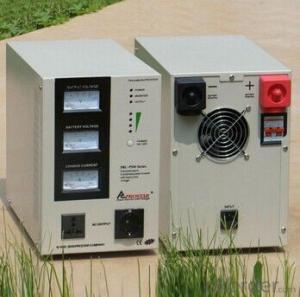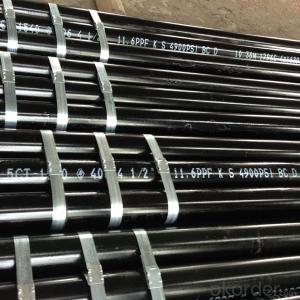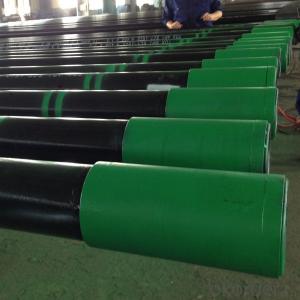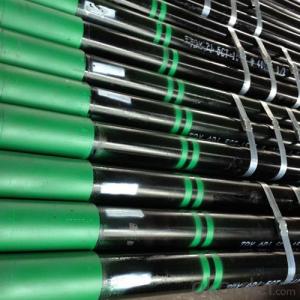5 Kilowatt Solar Inverter
5 Kilowatt Solar Inverter Related Searches
5kw Solar Inverter Solar 5kw Inverter 5kw Solar Power Inverter 5 Kva Solar Inverter Solar Power 5kw Inverter 5kv Solar Inverter 5kva Solar Inverter Solar 5kva Inverter 5k Solar Inverter 5kw Solar Panel Inverter Inverter For 5kw Solar System 5 Kw Hybrid Solar Inverter 5kw Solar Hybrid Inverter 5kw Inverter Solar System 5kw Hybrid Solar Inverter 5kw Solar Inverter For Sale 5 Kw 3 Phase Solar Inverter Hybrid Solar Inverter 5kw 5.5 Kw Solar Inverter 5kva Inverter Solar System Best 5kw Solar Inverter Growatt Solar Inverter 5kw 5kw 48v Solar Inverter 5.5 Kva Solar Inverter Growatt 5kw Solar Inverter 5000 Watt Solar Inverter 5kva Hybrid Solar Inverter Solar Inverter 5.5kw 5kw 3 Phase Solar Inverter 5000 Watt Solar Power Inverter5 Kilowatt Solar Inverter Supplier & Manufacturer from China
The 5 Kilowatt Solar Inverter is a high-efficiency device designed to convert the energy generated by solar panels into usable electricity for residential or commercial applications. This product is engineered to optimize the performance of solar energy systems, ensuring that the power generated is efficiently utilized and distributed. The 5 Kilowatt Solar Inverter is particularly suitable for medium-sized solar installations, where it can help reduce energy costs and contribute to a sustainable energy solution.The 5 Kilowatt Solar Inverter is widely used in various scenarios, such as homes, businesses, and even off-grid systems, where it plays a crucial role in harnessing the power of the sun. This product is designed to withstand different weather conditions and maintain its performance over time, making it a reliable choice for those looking to invest in renewable energy. By integrating the 5 Kilowatt Solar Inverter into their energy systems, users can take a significant step towards reducing their carbon footprint and becoming more energy-independent.
As a leading wholesale supplier, Okorder.com offers a vast inventory of 5 Kilowatt Solar Inverters, ensuring that customers have access to high-quality products at competitive prices. The company is committed to providing excellent customer service and support, making it a trusted source for those seeking to purchase this essential component of solar energy systems. With Okorder.com's extensive range of 5 Kilowatt Solar Inverters, customers can find the perfect fit for their specific energy needs and contribute to a greener, more sustainable future.
Hot Products



